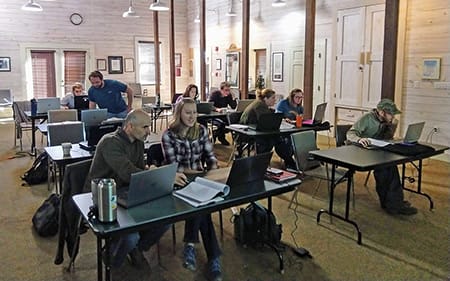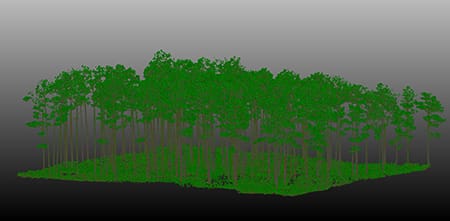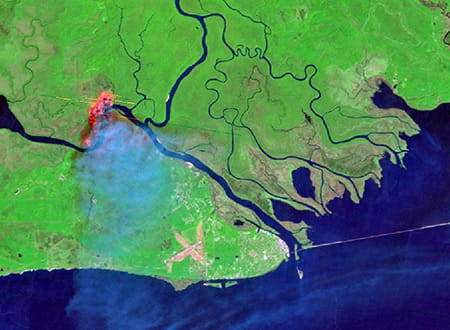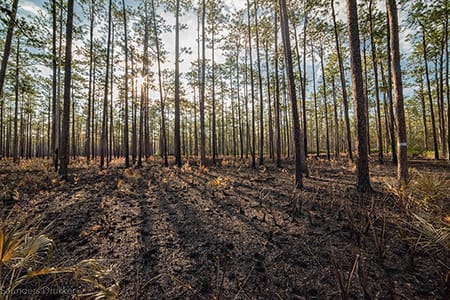At Tall Timbers, we documented the highest nest production in the last fifteen years and above average brood production. The outstanding reproduction was partly due to cooperative
weather resulting in ample cover.
By Michael Hazelbaker, Holly Lott, Clay Sisson, Justin Rectenwald, and Amanda Cramer
Long-term monitoring of our core research properties is important to track bobwhite response to management and weather. At each site, we capture bobwhite at different times throughout the year, attach radio-transmitters to them, and monitor multiple vital rates. In addition to providing a better understanding of bobwhite ecology and management, this data also allows us to forecast a regional outlook for bobwhite hunting. As you will see in the report below, 2025 was an excellent year for bobwhite on well managed properties in Southwest Georgia and in northern and central Florida.
ALBANY
Following a good hunting season, the spring bobwhite density in Albany was equal to our long-term average despite having a record snowfall that reduced bobwhite movement and feeding for a few days. The breeding season got off to an early start, and reproduction remained consistent throughout the season. We found near record female brood production as well as high male contribution to reproduction resulting in one of the best breeding seasons we have documented in the Albany region. Summer weather with well-timed rains that stretched across the breeding season providing ample cover, which resulted in average adult survival and good apparent chick survival. These factors combined with positive reports from local managers leave us cautiously optimistic headed into the fall. Even with expected good bird numbers this season, we still need the weather to cooperate to provide the right hunting conditions.
CENTRAL FLORIDA
Unlike Albany, Escape Ranch started the 2025 breeding season with a below average spring density. We attribute this decline to lower reproduction in 2024 and below average overwinter survival, likely influenced by late season hurricanes and tornadoes in 2024. In response to the lower spring density, breeding bobwhite produced an above average number of nests. Strong nest production and high nest success resulted in above average brood production. A moderately dry spring and summer contributed to both above average breeding season survival as well as strong chick survival during the first half of the season. Given the high production and survival we observed this summer, we expect to see more bobwhite this fall than in recent years.
 RED HILLS
RED HILLS
On the eastern edge of the Red Hills, Livingston Place entered the breeding season with below average spring density. We attribute this to below average overwinter survival and lower reproduction in 2024. Similarly, Tall Timbers started the breeding season with a lower spring population that was primarily due to reduced reproduction in 2024 as overwinter survival was above average. Breeding bobwhite responded with early nest production and that effort continued throughout the season. Specifically, both nest and brood production was up at Livingston Place and similar to the site’s long-term averages. At Tall Timbers, we documented the highest nest production in the last fifteen years and above average brood production. The outstanding reproduction was partly due to cooperative weather resulting in ample cover. These excellent habitat conditions also contributed to average adult survival at Tall Timbers and above average adult survival at Livingston Place and good apparent chick survival at both sites. Due to the increased production and average survival across the Red Hills, we expect higher bobwhite numbers than last year.
SUMMARY
Due to good nest and brood production at all four of our research sites, we anticipate the fall populations to be up and above average. Toward the end of this year’s breeding season, our region has entered a drought with above normal temperatures. While this dry and warm period came too late to significantly affect the bobwhite breeding season, we are hopeful that cooler temperatures and moisture will soon arrive to improve hunting conditions.

Michael Hazelbaker tracks quail at Tall Timbers during a rare snow storm.
















